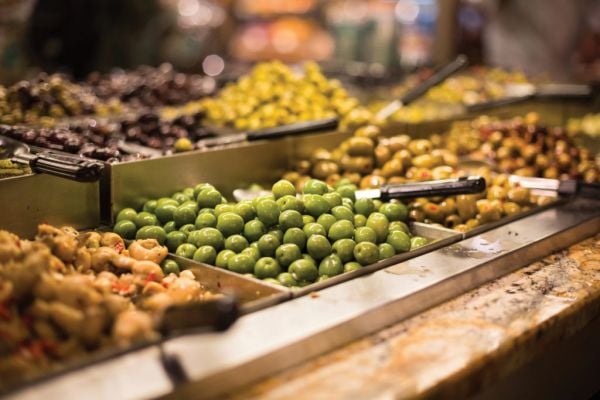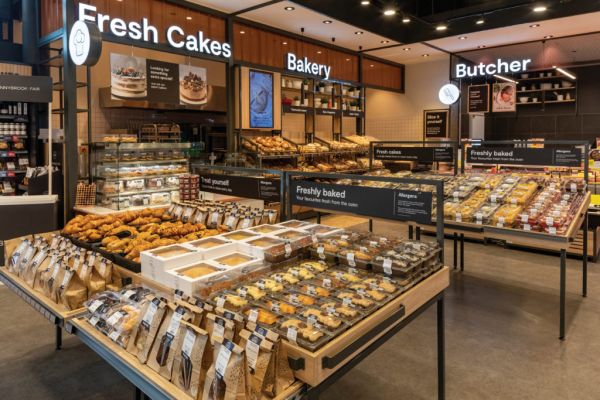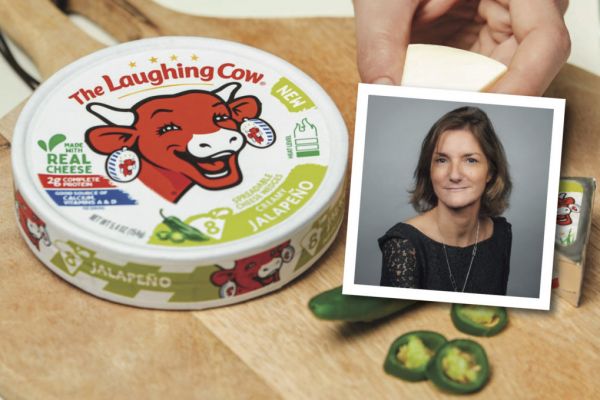Conor Farrelly explores the latest trends in the confectionery industry, as it battles with cost price inflation challenges.
Despite encouraging growth forecasts, the sweets and confectionery market, like many other segments, is currently suffering from inflationary pressures. Producers are facing rising costs across all elements of production, from sourcing raw materials to transporting finished goods.
COVID-19 ushered in some changes to confectionery consumption trends – most notably, consumers increased their snacking occasions, seeking moments of escape from lockdown concerns.
Elsewhere, more and more shoppers began to seek out healthier confectionery items, with FMCG Gurus noting that just over two thirds (68%) of consumers said that due to the pandemic, they have sought out products with low sugar or sugar-free claims. In addition, some 71% of consumers say that they now research nutritional information about chocolate products.
'As many consumers adopt a proactive approach to their health, they are making changes to their diets to improve immunity and overall wellbeing,' FMCG Gurus said. 'Snacking is one of the main areas that many consumers believe needs to be addressed.'
Current Challenges
The current issues facing the confectionery industry will be familiar to all industries, with energy, agricultural raw materials, packaging, transport and logistics seeing significant cost inflation in recent months. In combination, these problem areas are placing a heavy burden on an industry that is mainly comprised of medium-sized manufacturers.
According to Bundesverband der Deutschen Süßwarenindustrie (BDSI), the German Confectionery Industry Federation, prices for electricity and gas have increased tenfold in Germany, while procurement prices for vegetable oils, fats, butter, sugar or glucose have more than doubled. The price of other domestic raw materials has also risen sharply, such as whole milk powder (+59%) and wheat (+36%), it noted.
"As a result of the cost explosion, companies are being deprived of the liquidity and earnings that are essential for securing jobs and making necessary investments," commented Bastian Fassin, BDSI chairman. He urged politicians to "take all measures to relieve the markets for energy and agricultural raw materials" as well as take steps to reduce costs.
Fassin believes that government intervention will be necessary to keep confectionery manufacturers operational in Germany, a belief likely shared by his European counterparts. "We very much welcome the fact that the German government has addressed the issue of energy costs for companies in the third relief package," he said.
"A first step can be taken at national level, by significantly reducing state price components for electricity and gas and removing price coupling, and at European level by reducing import duties on raw materials."
The View From Spain
As Ruben Moreno, secretary general at Produlce, which represents the Spanish confectionery industry, tells ESM, the current inflationary situation "challenges the competitiveness of the sector", however such is the level of entrepreneurship in the marketplace, he expects manufacturers to find a way through.
"The commitment to invest in innovation in the confectionery industry is clear, so I will try to not give up on it as a driver of change," he adds.
According to Produlce, confectionery exports from Spain rose 18.3% last year, to a value of €1.586 billion – a new record. Exports to other European countries were up 17.3%, although the continent's contribution to the overall export mix declined slightly due to the diversification of the sector. The sector's top ten export markets showed 'very strong' increases in 2021.
In terms of notable changes to the sector since the COVID-19 pandemic, Moreno says that while things are starting to return to normal, there are still signs of turbulence in the market.
"During the pandemic we could see a number of changes due to the variations in consumption habits," he says. "Mostly, we detected changes in categories related to the ‘impulse channel’ – including small businesses – which suffered a great impact due to the closures.
"Nowadays, we notice a tendency towards normality. While the categories that depend more on the impulse channel have been slower to recover, we can observe behaviour closer to the period before the COVID-19 crisis. However, there are other political and economic issues that make accurate analysis difficult."
As to the future? Moreno is hopeful that full-year 2022 will work out similar to 2021, with further increases in revenue and volumes. "However, the current uncertainty forces us to be cautious," he says. "We are a very competitive industry that is able to adapt to different circumstances, so we trust these qualities will help us overcome the current difficulties, even though we are facing a never-before-seen scenario."
Market Growth
According to a recent Technavio report, the global chocolate confectionery market is expected to reach a value of $312.6 billion (€302.12 billion) by 2030, expanding at a CAGR of 6.4% during the forecast period.
Approximately a third (31%) of this growth will originate from the Asia-Pacific region during the forecast period, with China and Japan expected to be key growth markets, boosted by the increasing tradition of gifting chocolates in Asian countries. Market growth in this region is predicted to be faster than the overall average, as disposable income in emerging economies such as India and China will also likely facilitate growth.
Growth is also likely to be driven by confectionery manufacturers themselves, who have embraced change with a variety of products meeting changing consumer demands – health, vegan, sugar-free, gluten-free, lactose-free etc, as well as chocolate variants with a higher cocoa content.
According to FMCG Gurus, demand for confectionery products with low sugar or sugar-free claims grew during the pandemic, while consumers are also seeking out products that boast natural ingredients, or functional ingredients such as protein, which can provide a nutritional boost.
'However, it is important that better-for-you confectionery products do not compromise on texture and flavour', FMCG Gurus said.
Sustainability In Focus
The confectionery industry should also be mindful of the importance of sustainability to modern consumers. Some 83% of global consumers find sustainability pledges/claims from confectionery brands important, according to FMCG Gurus, while 60% of global consumers look for environmentally-friendly claims or pledges when purchasing confectionery.
Notably, the research firm also found that 62% of consumers have stated that they would be willing to pay a premium price for sustainably-sourced ingredients. As environmental concerns continue to rise, this is likely to become an increasingly important factor as the decade progresses.
© 2022 European Supermarket Magazine – your source for the latest A-Brands news. Article by Conor Farrelly, additional reporting by Stephen Wynne-Jones. Click subscribe to sign up to ESM: European Supermarket Magazine.














